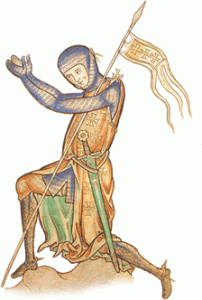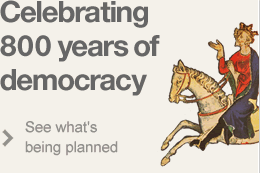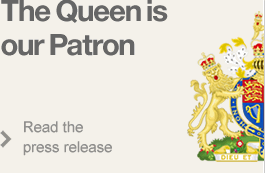History of the Magna Carta
800 years of liberty
Magna Carta was not the first time that a monarch had agreed in writing to safeguard the rights, privileges and liberties of the clergy and the nobles – to place limits on the power of the crown.

Henry I set a precedent on his accession to the throne in 1100, thirty-four years after the Norman Conquest. He issued a royal proclamation – the Coronation Charter, designed to atone for the past abuses of his predecessor William Rufus. The ink was barely dry in the Domesday Book from fifteen years earlier, so it was vital to ensure a consistent income stream from the nobility for the business of kingship, at least for the duration of his reign, which lasted thirty-five years.
Yet even though the Coronation Charter is acknowledged as the precursor to Magna Carta, it was conveniently forgotten and / or ignored by four Kings, and almost one Queen, over the course of the next century.
It was only after Archbishop of Canterbury, Stephen Langton, also in long term dispute with King John, dusted off the 113 year old proclamation of Henry I and showed it to the Barons, that the idea of a new and improved charter – a Great Charter took hold.
Magna Carta, despite the pennant flying theatricality of the showdown at Runnymede in June, 1215, suffered a similar, yet more rapid demise than the Coronation Charter. By August the same year, Pope Innocent III had annulled Magna Carta, declaring it illegal and having been sealed under duress. King John therefore never lived with the full consequences of the Magna Carta humiliation, and by October of 1216, he had died of dysentery at the ripe old age of 50.

By this time, great charters had achieved traction and had acquired a heritage. It had been shown that even proclamations of over a hundred years old could be used as leverage and justification in order to drag a reluctant king to the middle of a Surrey field and force him to seal into law, articles and clauses concerning liberties, which we now call freedoms.
Once these ideas of freedom were liberated by the events of 15 June, 1215, and it had been shown that not even the king was above the Common Law of the land, then Magna Carta became an idea which could never be uninvented, or unimagined.
Besides, up to thirteen copies of Magna Carta were quickly made, (complete with spelling mistakes) and sent throughout the kingdom, often to the great cathedrals of England. Magna Carta had therefore gone viral. There were just too many important witnesses to the events of June 15th, many of whom were the bishops themselves, for Magna Carta to be ever denied or forgotten.
Over the course of the next 800 years, the idea of Magna Carta gathered momentum and assumed a greater authority in respect of the central key clauses concerning liberty and justice. These central clauses, usually referred to as 39 and 40, have not only stood the test of time, but have a potency of their own which has seen off hundreds of attempts at annulment, repeal, modification and suspension by successive monarchs and governments.
Magna Carta has been the most valuable export of Great Britain to the rest of the world.
Featured Article
790 years ago, John,the King of England was having a little local difficulty with his barons. His attempts to defend his extensive dominions across the Channel, including Normandy and a considerable portion of western France, had been a disaster...
Read on...Recent Articles
- Magna Carta's American Adventure
- 800th anniversary of Bristol...
- Bristol 800 concert and...
- Emancipation and Magna Carta
- Terrorism and Tolerance -...
- Magna Carta
- Magna Carta Benches mark...
- ABA Magna Carta Memorial...
Stay updated
If you would like to keep informed about the work of the Magna Carta Trust and our partners, please sign up to the newsletter below.
Become a Supporter
There are a number of significant supporter opportunities. Register your interest early to ensure the widest range of options.
Find out more




